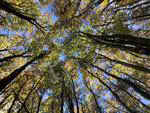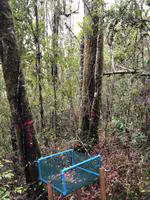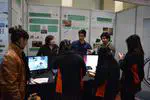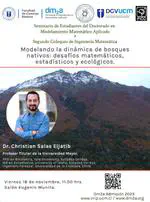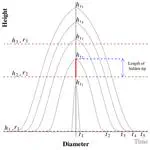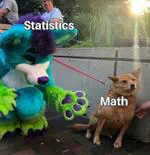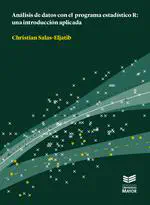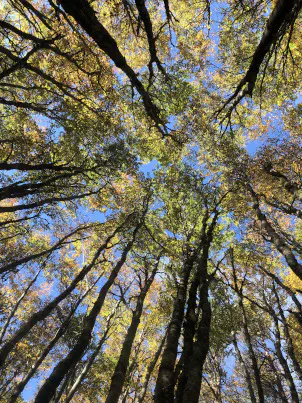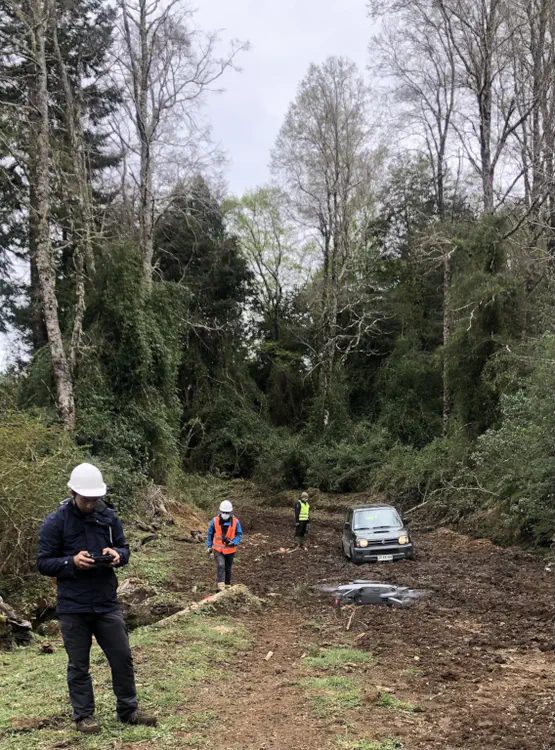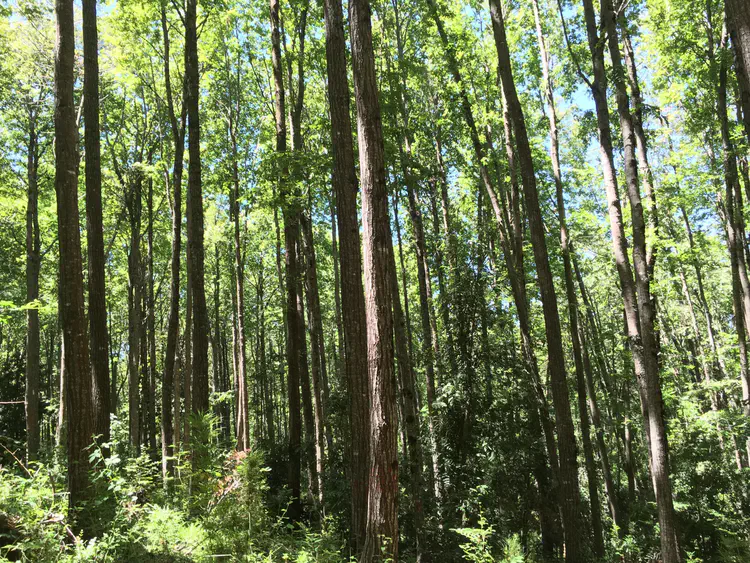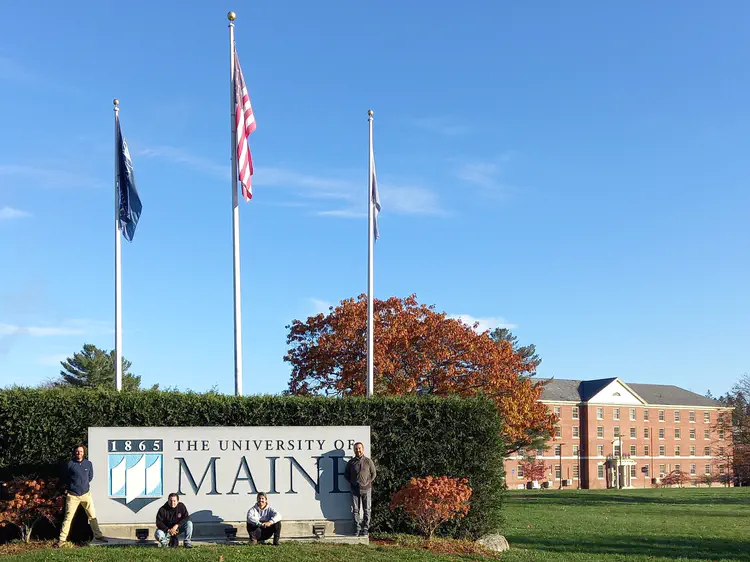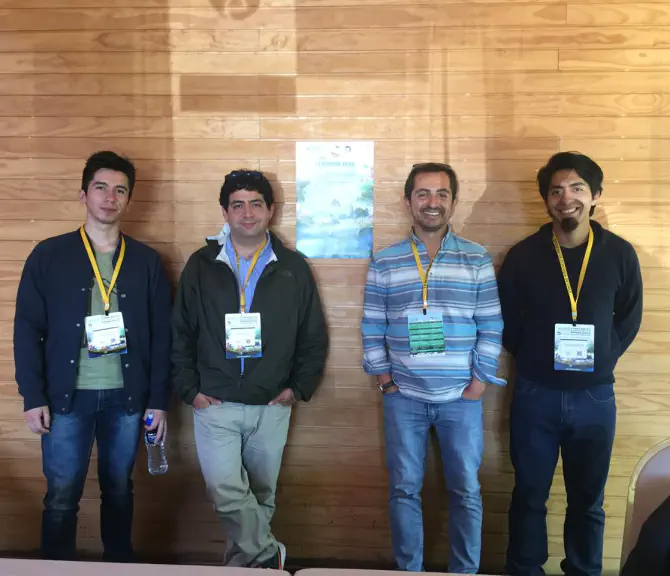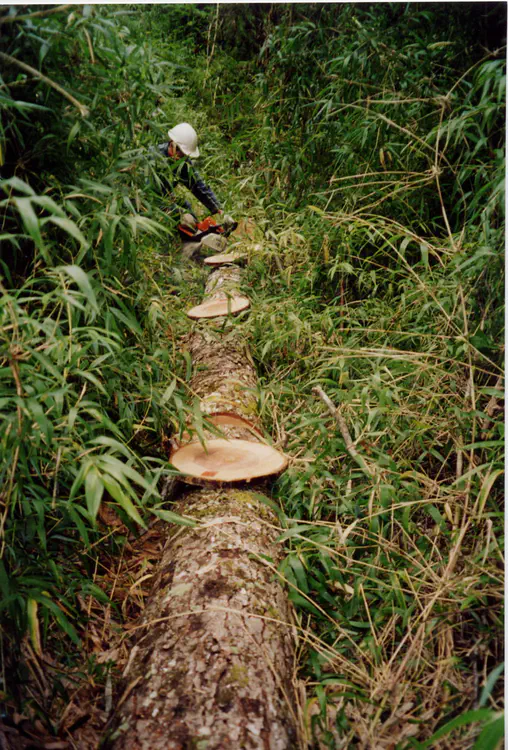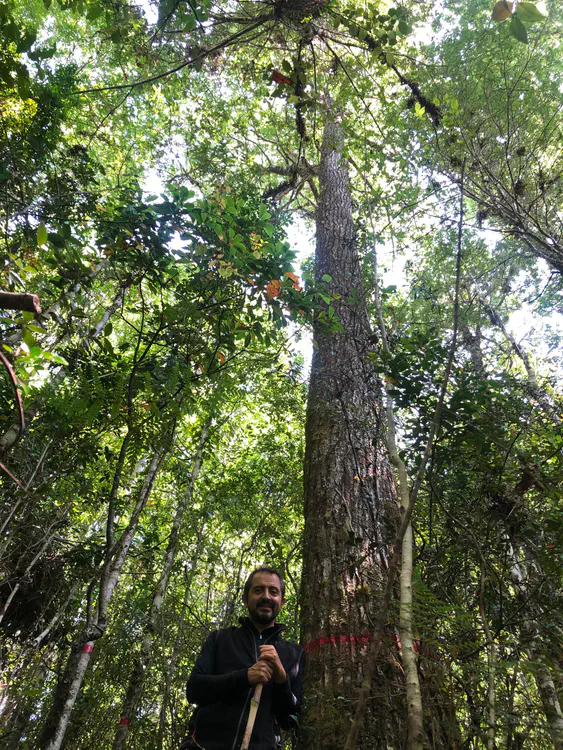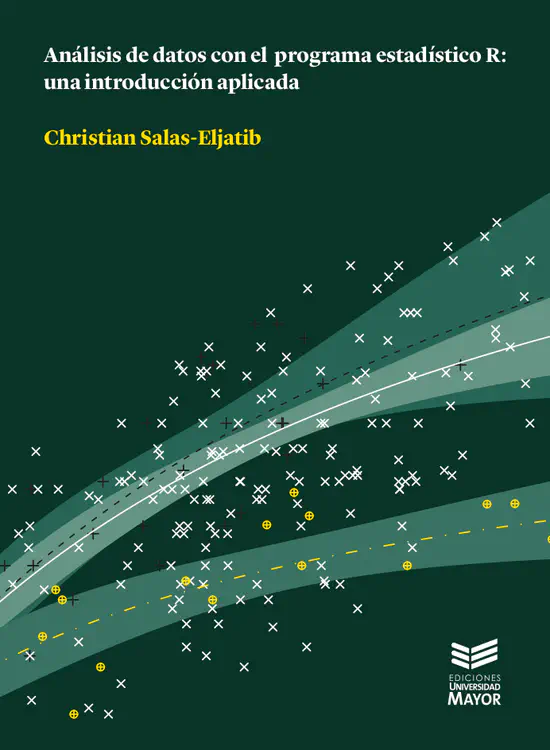Biography
I am a Full Professor of Forest Biometrics and Modelling at the Department of Forest Management and the Environment of the Faculty of Forest Science and Nature Conservation at the Universidad de Chile in Santiago, Chile. My research interests include biometrics, applied statistics and ecological modelling. I am the head of the Laboratory of Forest Biometrics and Modelling, where we develop mathematical and statistical models for forecasting forest ecosystem features, study tree allometry, and assess sampling strategies.
- Biometrics
- Forest ecology
- Statistics
- System dynamics
- Sampling
PhD in Biometrics, 2011
Yale University
M.Phill in Biometrics, 2009
Yale University
MSc in Statistics, 2006
University of Idaho
BSc in Forest Engineering, 2008
Universidad de La Frontera
Publications
Articles, chapters, books, conference papers, and all these sorts of things
Projects
Research projects involvement
People
Current and former individuals who are either part of my research or my endeavours.
Coursework
This section offers some material covering topics I often cover or use to accompany my teaching. Main disciplines segregate the topics.
Posts
News, opinions
Experience
Academic experience
Websites of interest
Sites that could be helpful
- Simulador de bosque nativo: Pellín
- Sociedad Chilena de Ciencias Forestales
- My collection of syntaxes and related details for Linux
- Bosque (The Chilean Journal of Forest Science)
- The R project
- Libro introductorio a R
- Ubuntu (a Linux distro)
- LaTeX
Contact
Information regarding my email and location. In case of appointment, please do it by Google Calendar inviting me to my email.
- christian.salas@uchile.cl
- Av. Santa Rosa 11315, La Pintana, Santiago (Chile)
- Enter Building 1 and take the stairs to Office 13 on the second floor.
- Monday 10:00 to 13:00
- Book an appointment









